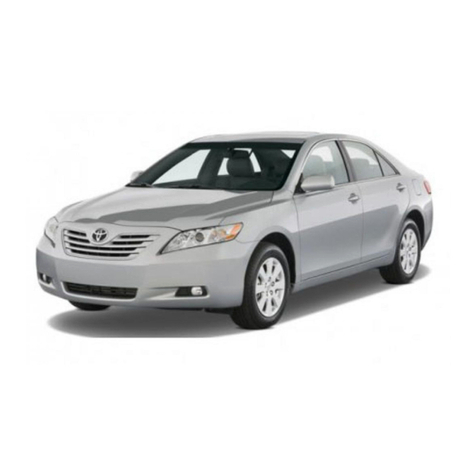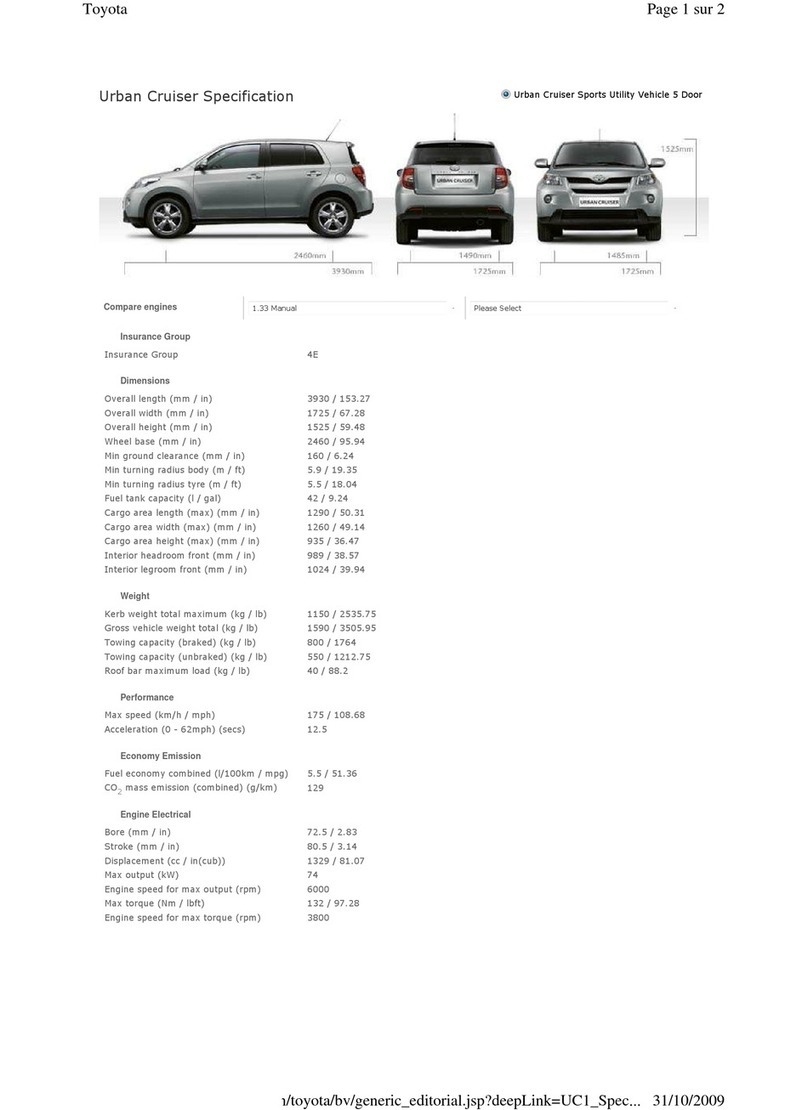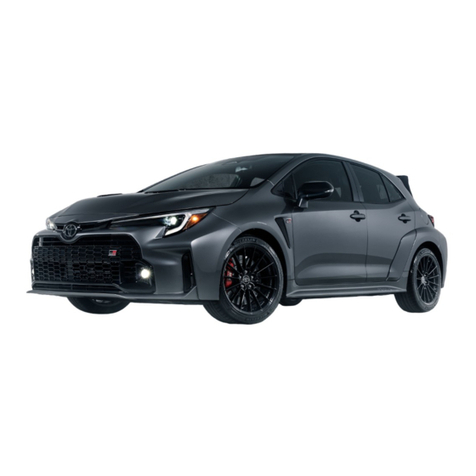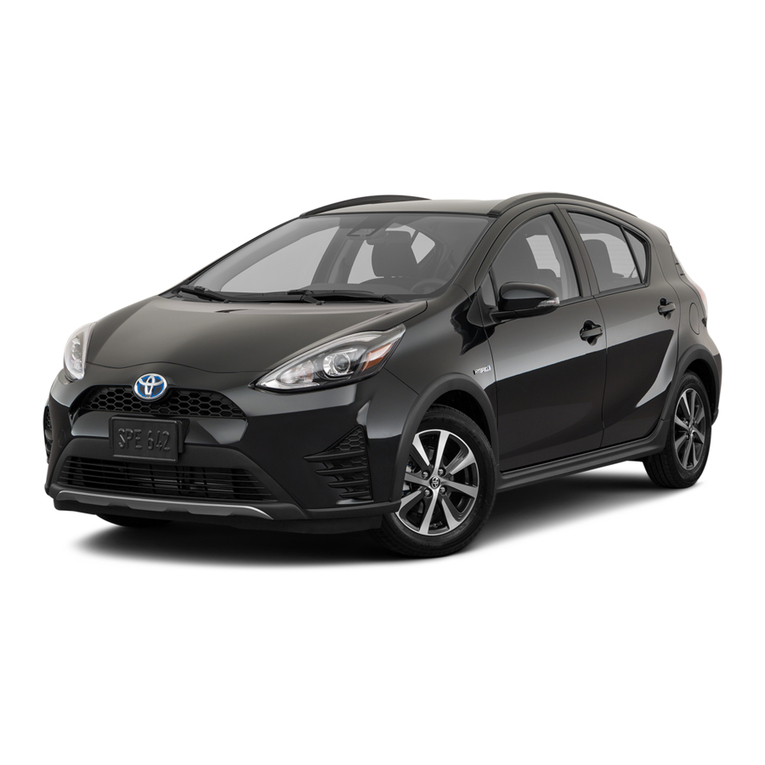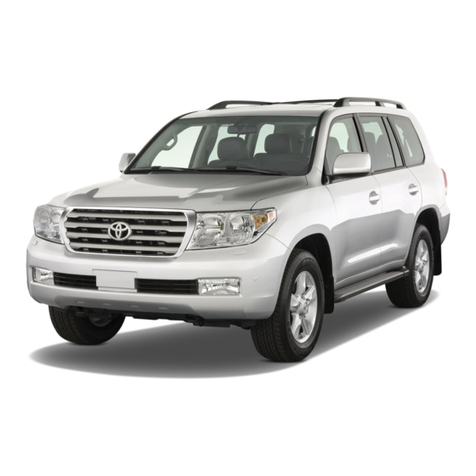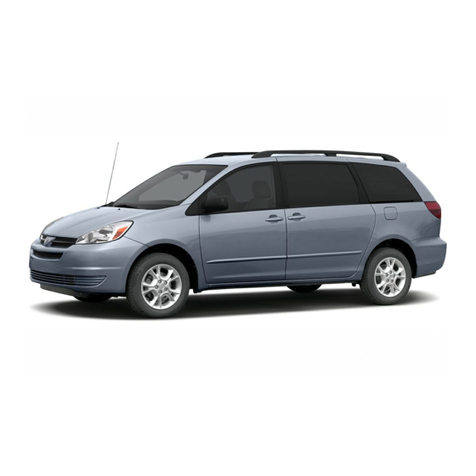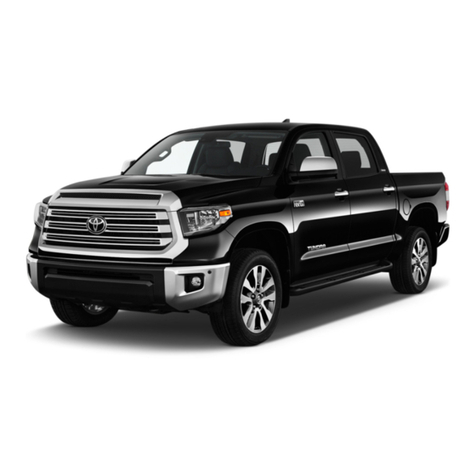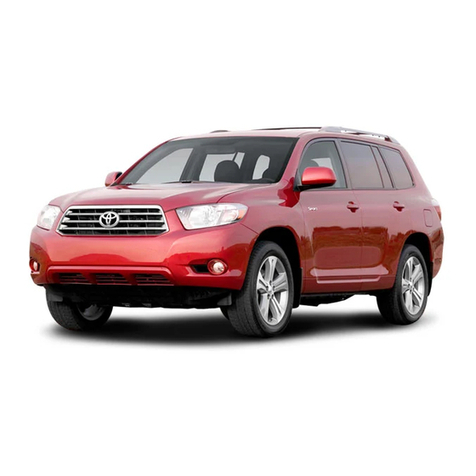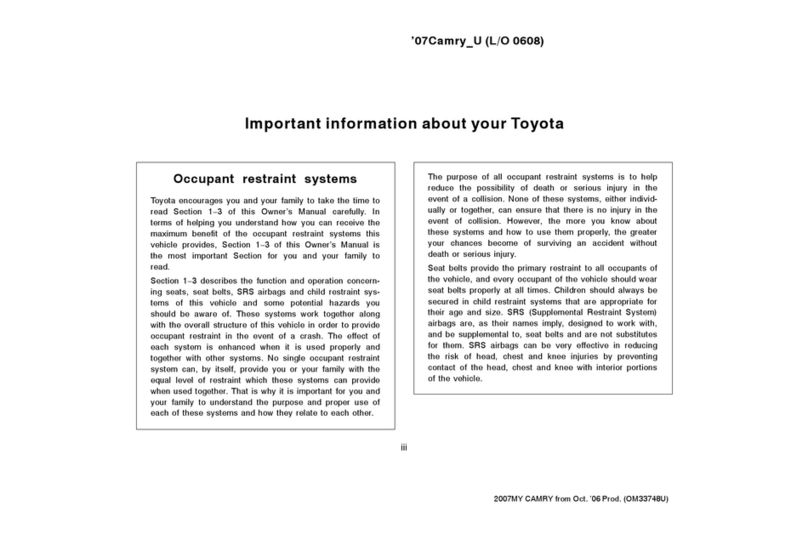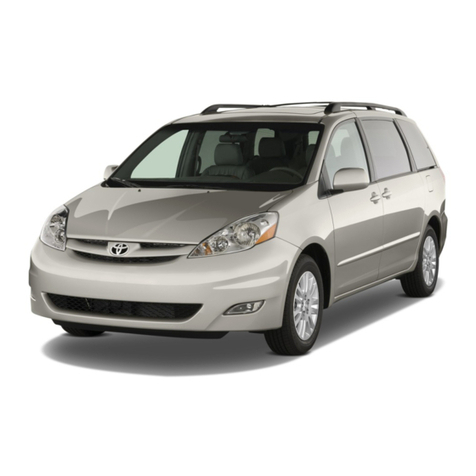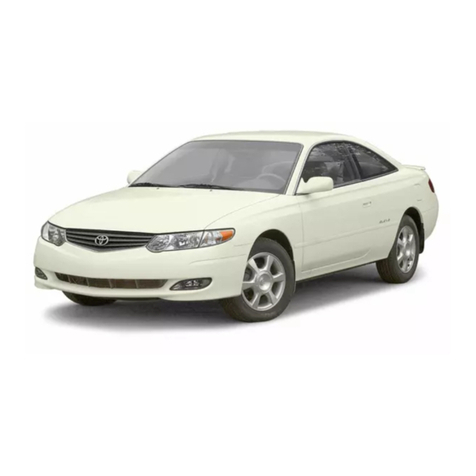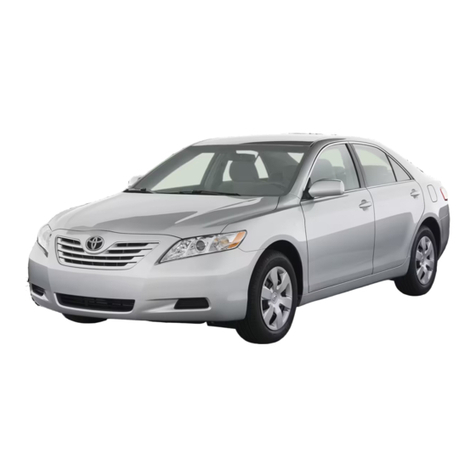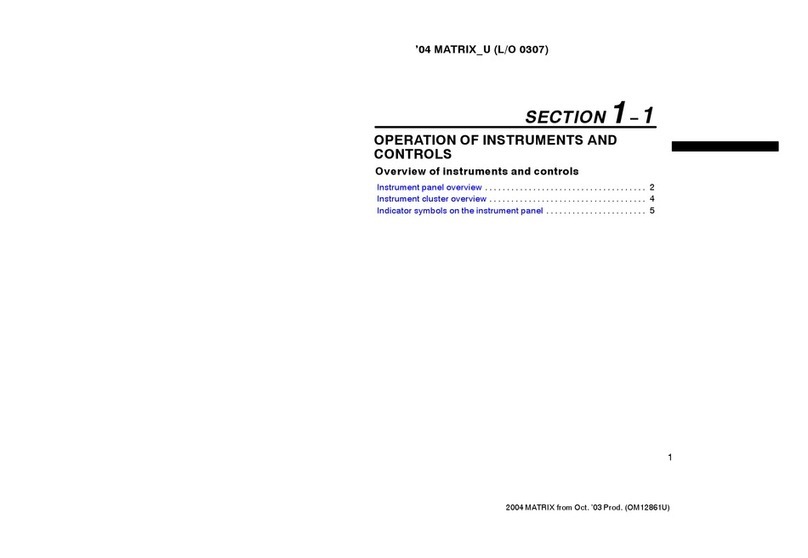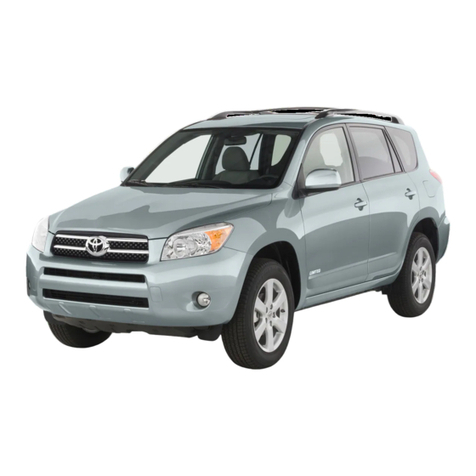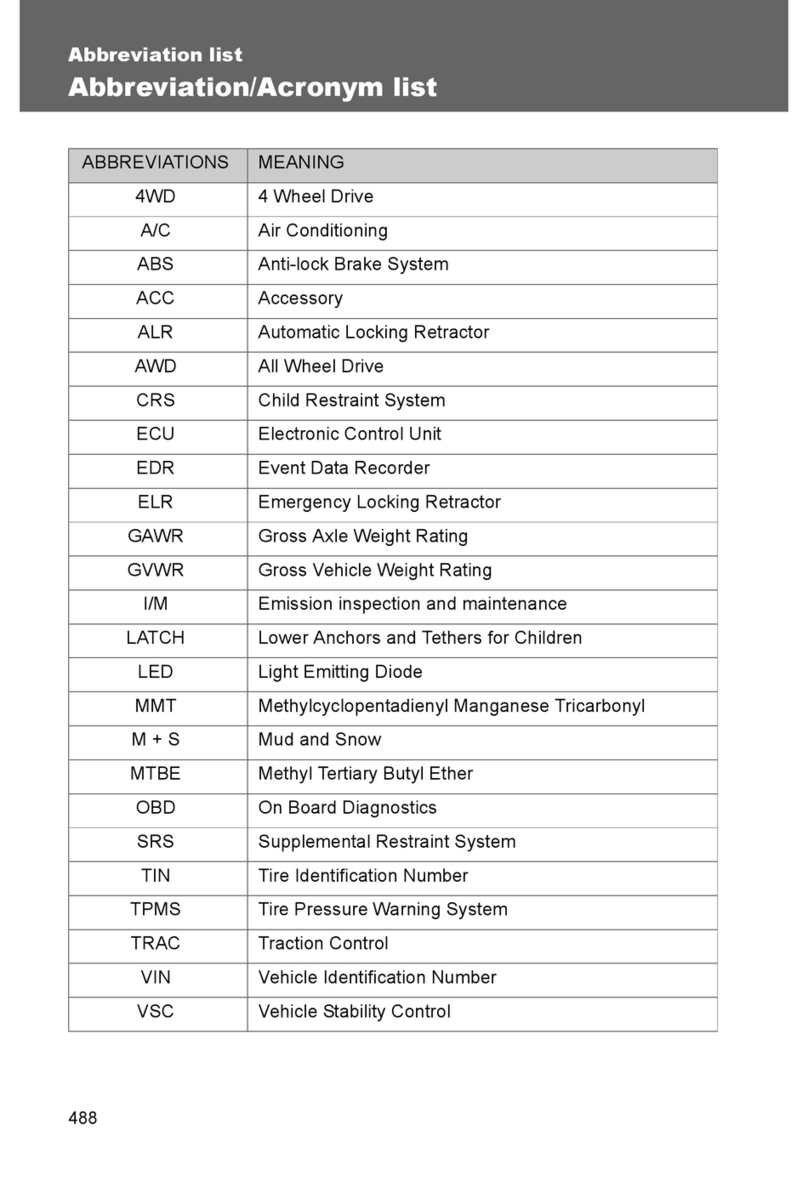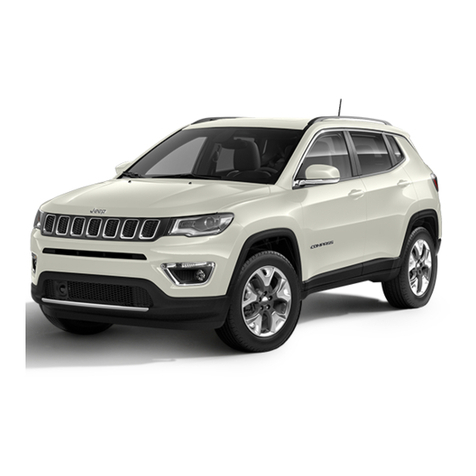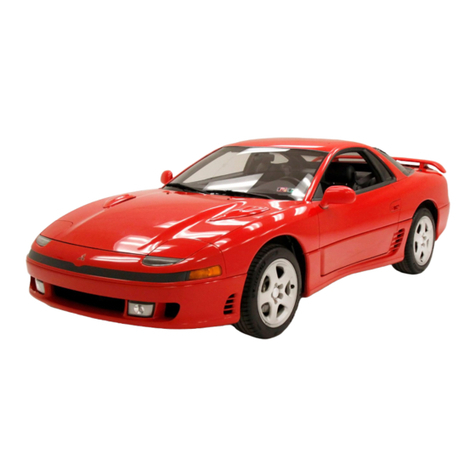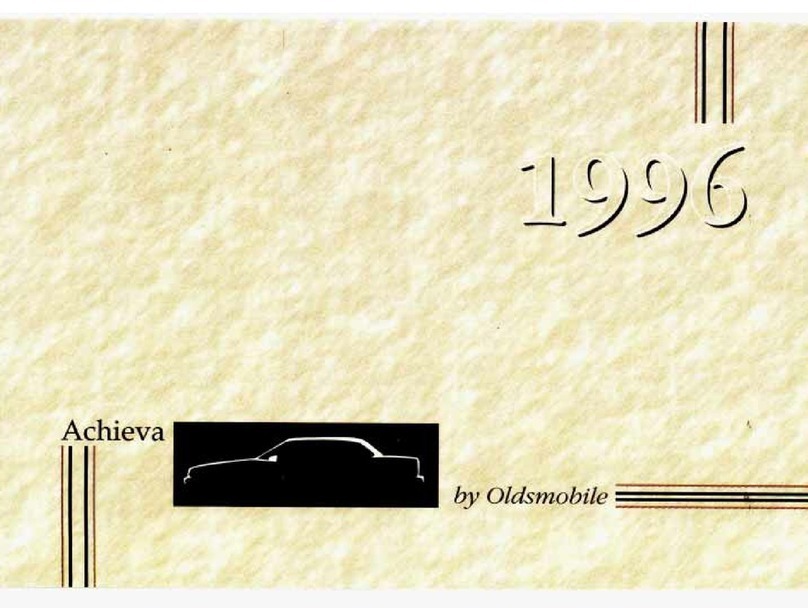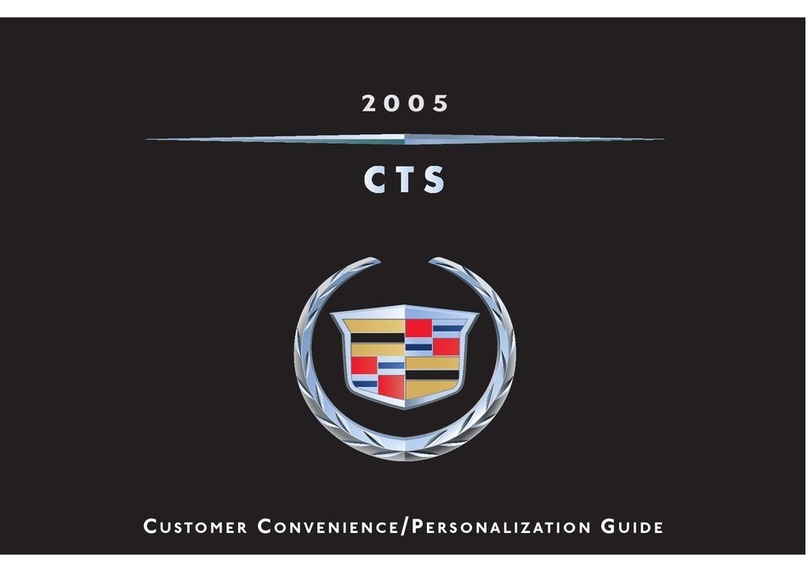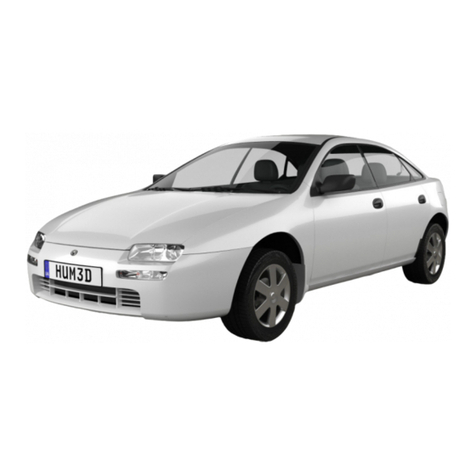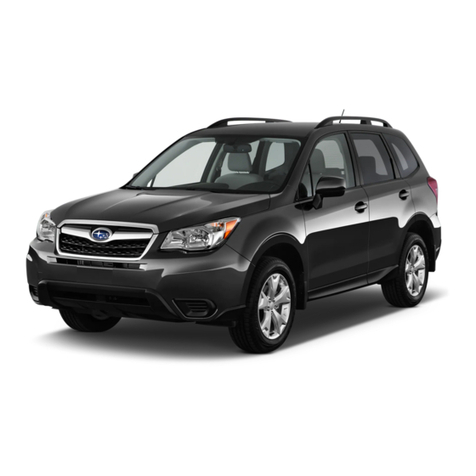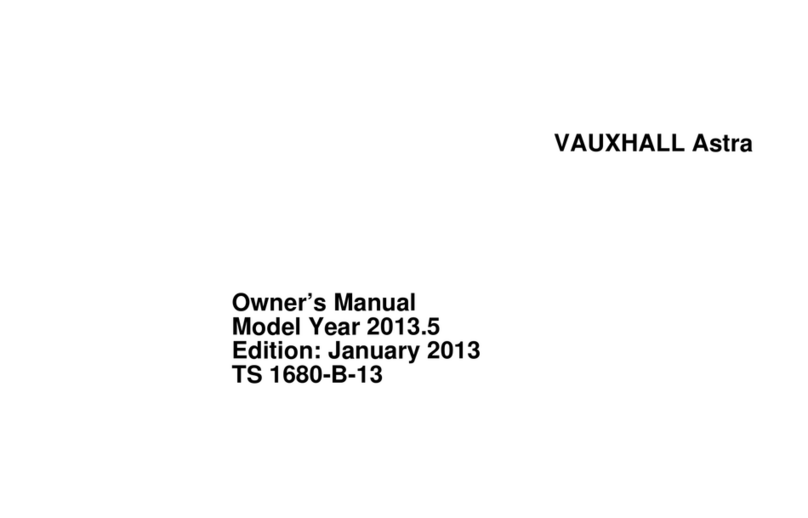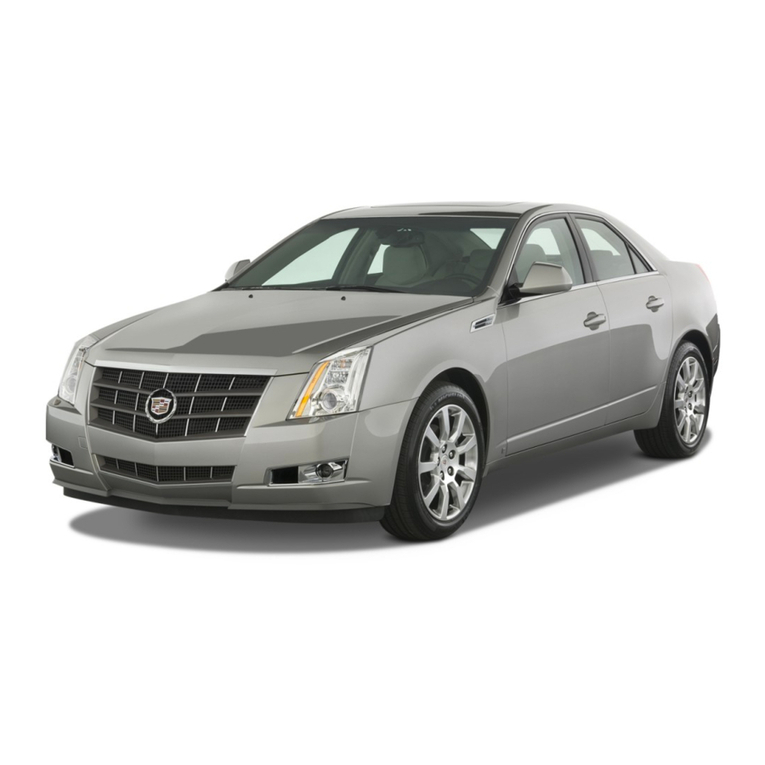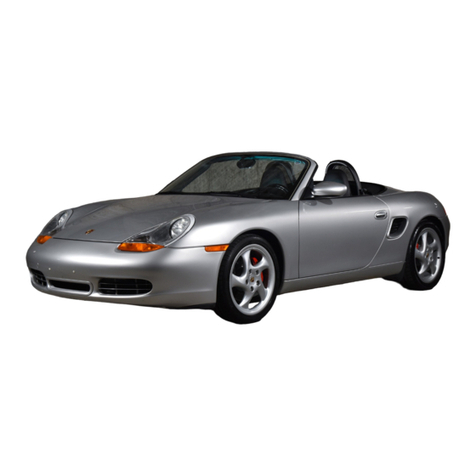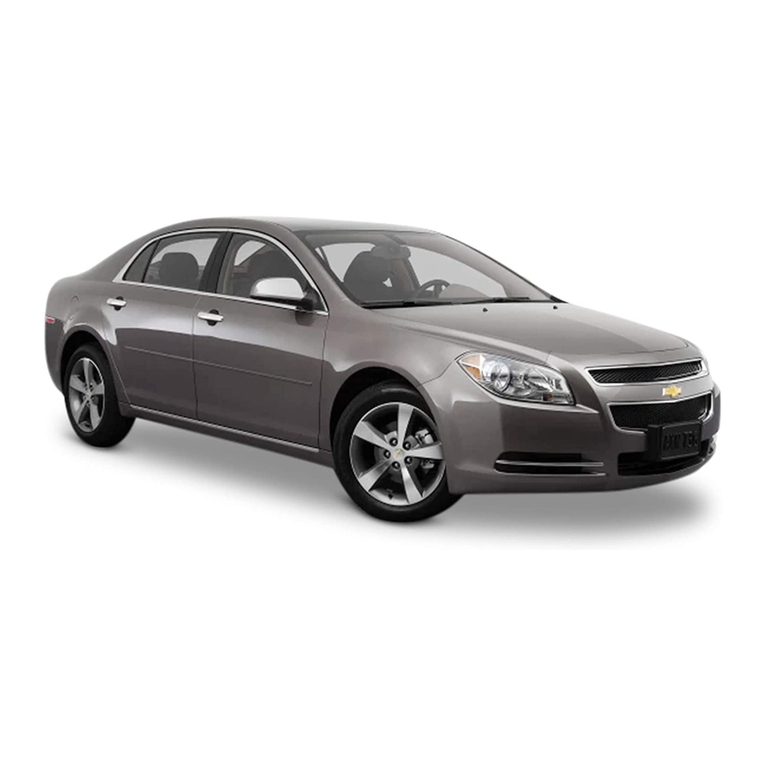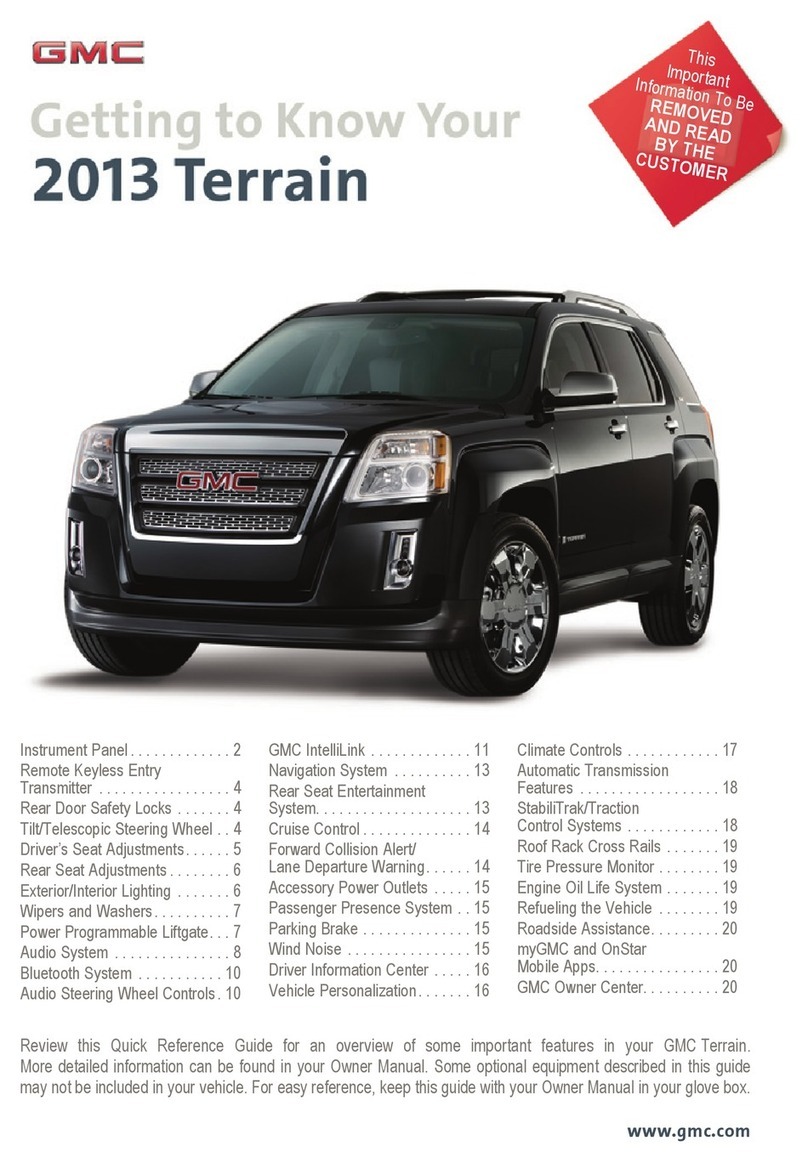
YMMV "Your Mileage May Vary" That simple statement about the EPA ratings shown on the new
vehicle window sticker is often overlooked, yet it makes a significant difference depending on the
type of driving you do. Reading this quote provided by the EPA about Prius reveals why: "Actual
Mileage will vary with options, driving conditions, driving habits and vehicle's condition. Results
reported to EPA indicate that the majority of vehicles with these estimates will achieve between 44
and 60 mpg in the city and between 38 and 52 on the highway."
EPA tests are generalizations (performed under ideal conditions) intended to make vehicle
comparisons easier, not to specify what MPG you will actually get. In fact, they rarely reflect the
MPG in real-world driving experiences. The following explains how those tests are performed...
notice how results can be quite a bit lower if you live in the north or if you drive fast:
The fuel economy estimates are based on results of tests required by the U.S. Environmental Protection Agency (EPA).
These tests are used to certify that vehicles meet the Federal emissions and fuel economy standards. Manufacturers
test pre-production prototypes of the new vehicle models and submit the test results to EPA. EPA re-tests about 10% of
the tested vehicles to confirm manufacturer's results in EPA's lab. The vehicles are driven by a professional driver under
controlled laboratory conditions, on an instrument similar to a treadmill. These procedures ensure that each vehicle is
tested under identical conditions; therefore, the results can be compared with confidence.
There are two different fuel economy estimates for each vehicle in the Fuel Economy Guide, one for city driving and one
for highway driving. To generate these two estimates, separate tests are used to represent typical everyday driving in a
city and in a rural setting. Two kinds of engine starts are used: the cold start, which is similar to starting a car in the
morning after it has been parked all night; and the hot start, similar to restarting a vehicle after it has been warmed up,
driven, and stopped for a short time.
The test used to determine the city fuel economy estimate simulates an 11-mile, stop-and-go trip with an average speed
of 20 miles per hour (mph). The trip takes 31 minutes and has 23 stops. About 18 percent of the time is spent idling, as
in waiting at traffic lights or in rush hour traffic. The maximum speed is 56 mph. The engine is initially started after being
parked overnight. Vehicles are tested at 68 F to 86 F ambient temperature.
The test to determine the highway fuel economy estimate represents a mixture of "non-city" driving. Segments
corresponding to different kinds of rural roads and interstate highways are included. The test simulates a 10-mile trip and
averages 48 mph. The maximum speed is 60 mph. The test is run with the engine warmed up and has little idling time
and no stops (except at the end of the test).
NOTE: To make the numbers in the Fuel Economy Guide more useful for consumers, EPA adjusts these laboratory test
results to account for the difference between controlled laboratory conditions and actual driving on the road. The
laboratory fuel economy results are adjusted downward to arrive at the estimates in the Fuel Economy Guide and on the
labels seen on new cars, light trucks, and vans. The city estimate is lowered by 10% and the highway estimate by 22%
from the laboratory test results. Experience has proven that these adjustments make the mileage estimates in the Fuel
Economy Guide correspond more closely to the actual fuel economy realized by the average driver.
For more information, please refer to... http://www.fueleconomy.gov/feg/info.shtml
"B" Mode
Engine Braking The "B" mode works like an exhaust brake on a large truck (except, it's totally silent). The engine
is used to slow down the vehicle, allowing you to reduce reliance on the regular brakes. So for
steep declines, like driving down a mountain, it's a great way to avoid overheating caused by
friction from the brake drums & shoes.
You can engage or disengage engine-braking at anytime while driving.
There is no charging benefit over regular braking.
Avoid using this mode unless absolutely necessary; it will cause MPG to drop.
Prius User-Guide (Classic) 8 of 33 Last Updated: 3/04/2009
